At a Glance: Dragon Age Inquisition
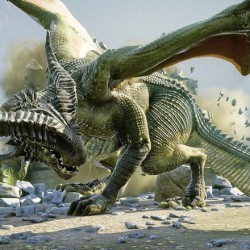
From Old Chaos, A New Order
Resolution. Every story, no matter how great or small, eventually must have one. Be it the measured days of a man’s existence, to the grandiose epics of myths and legends long past. Every last thing must face its inevitable conclusion. A resolution of body, mind, and soul. And whatever you believe awaits you in whatever beyond you believe exists, you must face it.
This feeling of an end is made all the more apparent by the shadows of change that seem to have swept over the world of Thedas. Beyond the Blights, beyond the political and spiritual warfare that turns and tears through kingdoms and empires alike, beyond the conflict of lost and forgotten Gods and the Maker, the Thedas we know is facing an end. But there is a funny thing about endings.
It always seems to give rise to new beginnings.
In 2009, BioWare introduced gamers to the first entry in their Dragon Age universe. Dragon Age: Origins followed the exploits of The Grey Warden who must unite the fractured peoples of the kingless realm of Ferelden into a formidable fighting force capable of pushing back the encroaching Blight threatening to tear the very world asunder.
What was novel about the game is that your entire history, your gender, every decision that affected the kingdom both great and small, was entirely left for the player to decide. Every race had its own unique origin, every game played differently depending on what you did, or left undone. Every story felt personal and unique.
Both critically and commercially successful, Origins eventually spawned a sequel in 2011. Simply titled Dragon Age II, the sequel introduced various changes that were met, to a greater and lesser extent, with polarized viewpoints. Battles were faster and more responsive than the slower, auto attacks when compared to the first game. A graphical and artistic overhaul to both the game and various Dragon Age races was implemented and a tighter, more linear “framed narrative” to the story promised that the exploits of your hero, Hawke, would span a timeframe of roughly 10 years in the Free city-state of Kirkwall.
The game also introduced a day/night cycle that affected various story and quest-based plot points. Some quests only concluded at night, and some areas of the map could only be accessed during the day and so forth. Also, some of the choices players made in Origins actually carried over in subtle and not so subtle ways. Things such as character cameos, sub-plot choice fallout and so on.
However, a lot of the features that fans enjoyed the most seemed conspicuously missing in the sequel. This ranged from changing the multiple racial origins in favor of playing as a human-only protagonist and limited party character dressing, to the switch from a dialogue “list” in favor of a dialogue “wheel” strikingly similar in form and function to the one used and implemented in BioWare’s other title, Mass Effect.
The game was, rightly enough, also criticized heavily for its linear, repetitive environments, its anime-like action-over-tactics battle system, blunted storyline “consequences”, and aesthetically similar endings. Despite saying that the game would cover roughly ten years of Hawke’s life, some players opined that it felt more like ten days. Many players felt Hawke was more reactive rather than proactive when compared to the previous game’s Hero. And while many would argue the pros and cons of that argument, you have to wonder what your Hawke was doing during the three year intervals of nothingness in the narrative to allow for such a sad state of affairs to run its course across the city that deigned him (or her) a hero in the first place.
But, while many might find fault with the experience, if you ask Dragon Age Lead Creative Director Mike Laidlaw, it’s more of a learning experience than a mea culpa. “There’s no need to be apologetic about Dragon Age II,” he said in an interview with GameInformer. “A lot of the decisions we’re making are about Dragon Age and what this generation of RPGs will look like.” A lot of these decisions include a graphical overhaul to the FPS-centric Frostbite 3 engine, something that BioWare Edmonton’s Cinematic Director Jonathan Perry is excited to finally get his hands on.
“One of the things I’m excited about with [Inquisition] is that we have all new tech allowing us to build a lot more reactive systems,” he says. More specifically, the Frostbite engine allows for a more dynamic interactive camera system that will play a more integral part in the more personal, quieter character to character dynamic. “They can react to what’s going on in scene, so if you’re really upsetting somebody or the relationship is taking a turn for the worse we can start to drop the camera down or pitch it up, so it feels a bit more hostile, or if you’re making all the right moves in that romance conversation, flirting back and forth, we can have the camera push in.”
“I think it’s really cool that we have an intelligent camera at this point,” he goes on to say. “…it opens up a lot more opportunities to make these scenes feel unique. We might experience the same lines, but the framing of the characters in the shot might be completely different based on what we’re doing. Previously when a character said a line they would always have the same emotion, but now we have systems [dependent] on how you’ve been treating that person. They could say the same line, but have a stern look or a happy look based on how the conversation is going or what has come before that.”
Mr. Perry also confirmed a long running rumor that, not only will multiple races make its grand reappearance here, it will also include one race that fans might not expect; the Qunari. And yes, you’ll be able to play as either a male or female template. “What will be really interesting in Dragon Age: Inquisition is to see how characters react to a Qunari Inquisitor because they’re in a similar position as the elves were in Dragon Age: Origins. People are pretty skeptical of a putting a Qunari in a position of power.”
In lieu of separate origins, however, Dragon Age: Inquisition will instead start at one set beginning and branch off from there. “You will have some time before you actually become the Inquisitor,” he says. “We’ll open up with the events that cause this giant rift in the sky and show that the organizations and the groups of Dragon Age that would normally do something are completely incapable of responding, so there is a need to form this Inquisition. There is a need for leader of the Inquisition and, for reasons we won’t mention, your character becomes that leader. The Origin stories were really great, but as Mike Laidlaw said we will leave those stories for Origins as its own special thing. For Inquisition our reference point will be being the leader of this organization.”
The big question remains however; with many players making the move to current gen systems, how will past decisions, some of them rather hefty ones, be dealt with? Well, rather than make a vague, comic-bookish like choice function (ala what many PS3 owners had to contend with when Mass Effect 2 made the leap from Xbox-centric roots), BioWare is instead implementing “The Keep” application prior to the game’s release. “It will initially be accessed through the web and there are more platforms planned,” says Executive Producer Mark Darrah.
“The consequences of your choices in the previous games will affect the state of your world in Inquisition,” he says. “It could be something huge, something like what happened with Morrigan and the Dark ritual at the end of [Origins]: Did she have a child? Additionally, the game will also know and react to things like who is in charge of Ferelden.” Through the Keep, you’ll craft your own version of Dragon Ages past, including the companions your Grey Warden conquered the Blight with, who Hawke may or may not have romanced, and what kind of state you last left Thedas in as a whole. “Within the Keep, fans will be able to customize as much or as little about the world of Thedas as they wish,” says Darrah.
Want to leave the fate of your Grey Warden up in the air? Decide to forgo the choice of who you backed as the new dwarven king in lieu of Inquisition’s choices? Well, that’s entirely up to you. “You can change your choices to see all of the different opportunities in previous games.” he says. “Once you start a new game, it will use the choices from the previous games from that moment.” It’s also a way for new players who might never have touched the previous titles to ease into the game’s storyline. “For players new to Dragon Age, the Keep will serve as an engaging way to understand the people, places, and events that shaped the world leading up to Dragon Age Inquisition.”
Traveling down that same line of thought, another tactical component of Inquisition players will have to consider is the occupation of outposts scattered across the various landscape as you travel. While some keeps might be deserted or abandoned, sometimes players will have to forcibly evict and reclaim occupied keeps to establish strongholds and help to expand the influence of the inquisition. Expanding your keeps will make new regions of the world available to you, and Inquisitors will be able to customize the function of each keep; you can have one focus on local commerce, or building your military strength, intelligence gathering and more.
Every level is promising to be more expansive. And while many would consider what BioWare is doing in Dragon Age Inquisition an attempt at open world gaming, Mr. Laidlaw prefers to call it something else. “‘Open world’ I think is a really loaded term, because everyone immediately thinks of Skyrim and assumes everything will be exactly like Skyrim,” he says. “In our case, there are extremely large regions you can explore. It’s a multi-region game, which means that you’re traveling with a world map. You’re traveling across this chunk of the continent in which the game is set. And each of the regions is purposeful. It has a reason you would be brought here. It ties back to the story, or at least to the overall themes of the game. ‘These are my enemies and they’re very active here. I should find out why.’ That kind of stuff.”
But while exploring these vast regions of the world might sound appealing, use caution. Because in Inquisition you no longer have that magical pouch of carry-everything. Item resource and management will play its part in the upcoming title. Items you might need later on in a given level in order to survive that boss fight.
“I wouldn’t say survival is the key, but it’s certainly a factor as part of that,” says Laidlaw. “More than anything, what I want out of it is the sense that, as a player, I need to take the game seriously and consider my actions. If enemies are largely inconsequential in the course of a fight then you could consider them to be bags of experience points that you want to tackle. But as soon as you introduce the idea that health is sustaining damage, you move closer to a pen and paper experience. You move closer to the more old-school, hardcore approach to role-playing.
“Suddenly you’re challenging players and saying, ‘Well, you’re gonna go fight that dragon. Are you going to skirt around everything? Are you going to fight very carefully on your way there so you’re not low on resources or low on health when you go to fight the big guy?’ That’s the kind of thing that I think creates really interesting challenges for the player. So I don’t see a situation where, necessarily, you’ll be so worn down by the game that you won’t be able to get home. That kind of thing, that works really well, but it’s not really key to the experience that we want. It’s more about thinking long term and planning ahead, rather than planning backwards.”
Every region will also have moments that might forever change the way your Inquisitor is allowed to interact with the world itself. As was seen in the recent 30-minute demo, entire cities could be obliterated, preventing you from fully accessing certain places and areas of the map. But how significant is this effect? Quite a lot, according to Laidlaw.
Given all that players should look forward to, some questions still remain to be answered; besides Cassandra and Varric, who else will be coming along for the ride? Who else can we expect to see out in the world? Who else actually joins you? “We haven’t announced all the party members yet so who knows who could come back,” Perry says. “I think that because we have a different protagonist sometimes it came be perceived as weird if [previous] party members return…Varric and Cassandra working together as part of the Inquisition is a really interesting twist. In Dragon Age II we had all these situations with them in that dark room, where she’s interrogating Varric, and he’s just spinning these wild tales. So I think it’s an interesting contrast to have them working together to achieve a common goal. Where possible we try to bring characters back, as long as it makes sense [to the story].”
With the controversy of Mass Effect 3 at last abating, but still foremost on many peoples minds, will BioWare deliver an ending to the original Dragon Age trilogy that fans are hoping they get? “We certainly pay a lot more attention to how endings could be perceived,” Perry says. “We’ve had a lot of story meetings with Dragon Age: Inquisition which has been really great. Part of the development process has involved being able to play very early builds. We actually had the whole team play through the entire game and give us feedback with a big survey which had questions like; did this game make sense? Do you know why the Inquisitor is doing this or why this is happening? We got a lot of really great critical and constructive feedback and we were able to fix plot holes, make sure that characters’ intentions were clear and what their motivations were. Really we just ran it through the ringer to find any problems and solve them.
“I think it’s up to the developer to really listen to fan feedback, take it on-board and address it as best as possible. Ultimately they’re the one that shows their vision and create the story, and at some point fans will need to understand that; ‘Okay I would have done this differently, but I understand that’s not the way it is’ and give constructive feedback for next time. I hate to say that it’s impossible to please everyone but with a game that has so many choices it can be very difficult to find an ending that’s satisfying for everyone. We’ll certainly do our best to make sure our ending is as strong as possible.”
Dragon Age: Inquisition is slated for a Fall 2014 release.

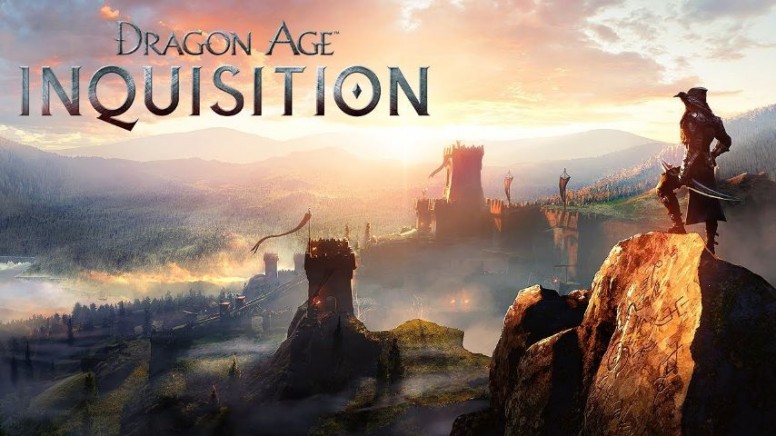
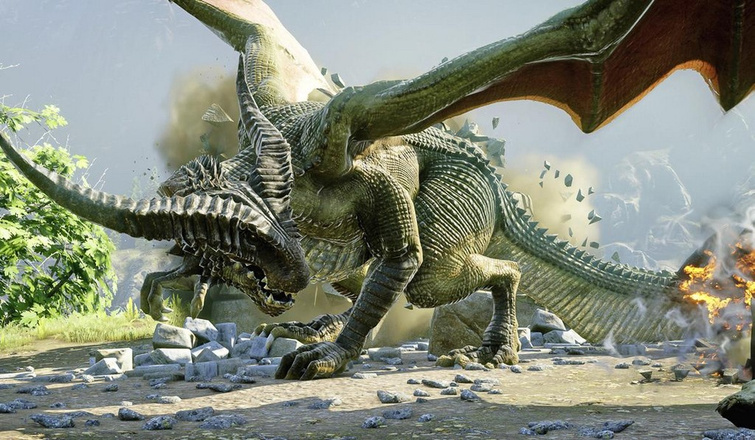
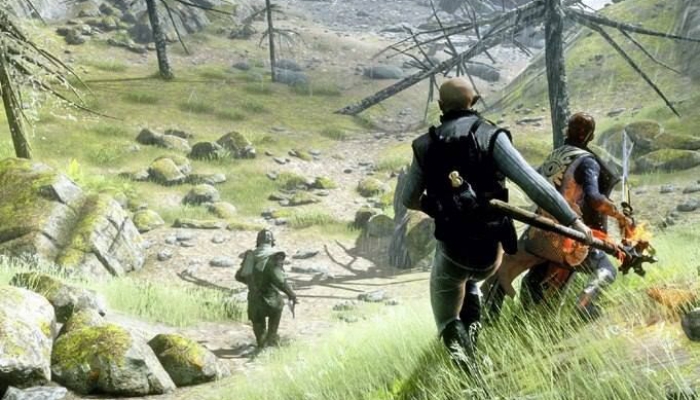
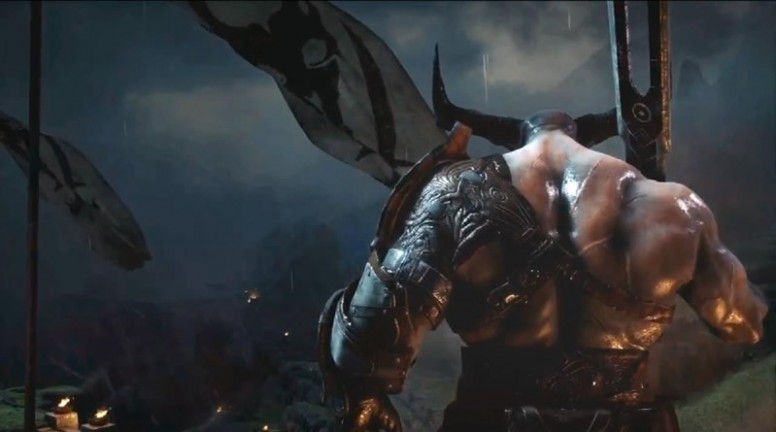
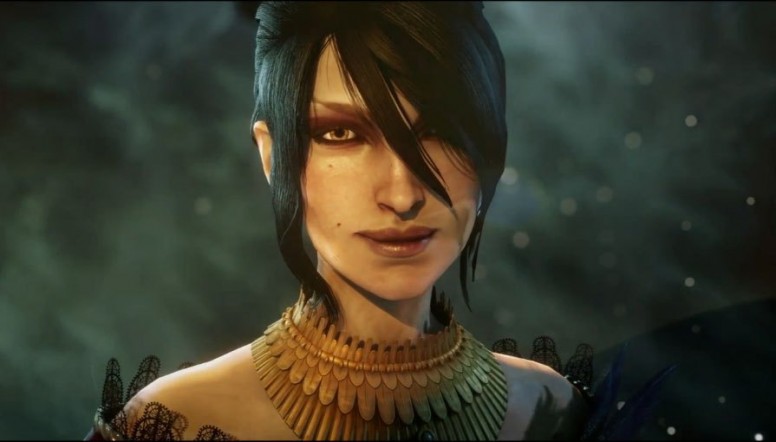
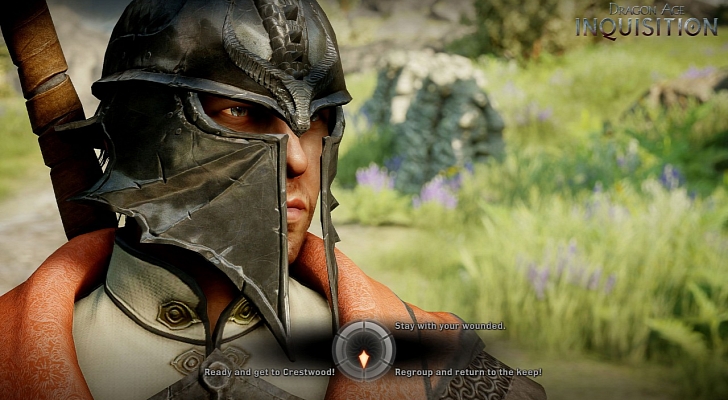
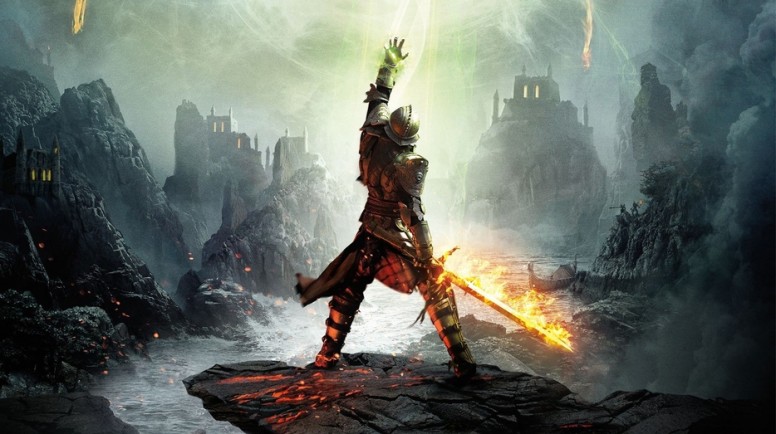







Leave a Reply